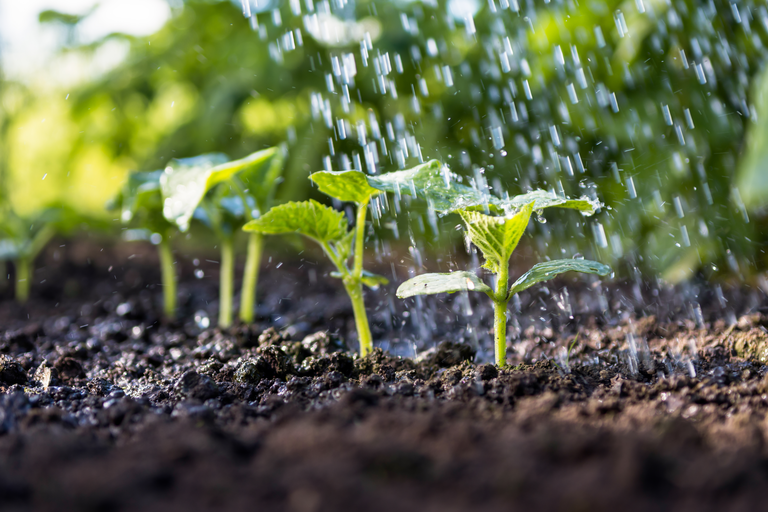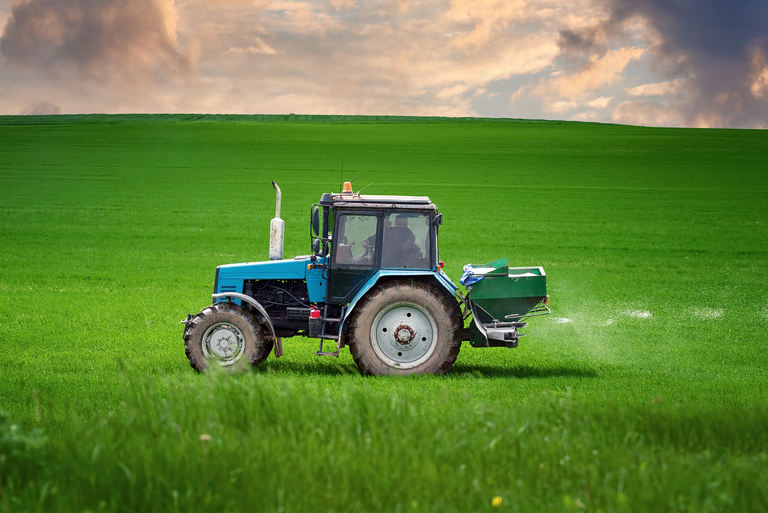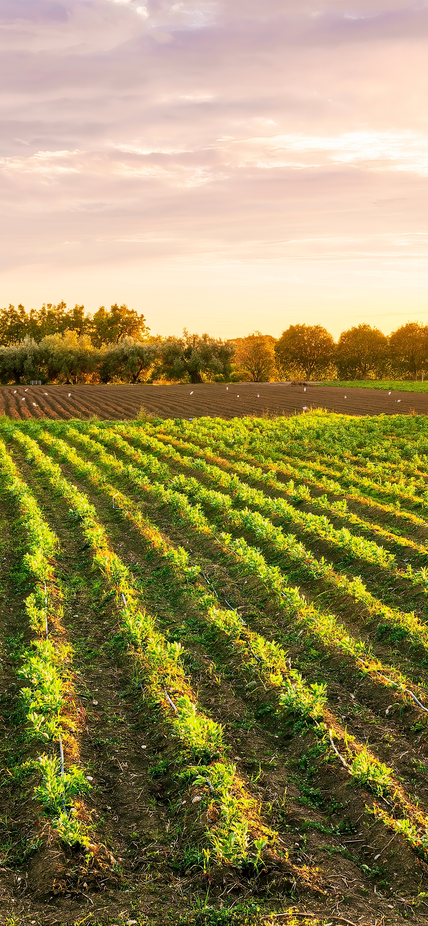Washington, DC—As the world warms and precipitation patterns shift, strategic approaches to sustainably improving crop yields will be necessary. Carnegie Science’s Lorenzo Rosa is working to understand the intersection of water resource management and fertilizer manufacturing -both of which will prove essential for maintaining food security in a burgeoning global population.
1.8 billion people depend on agriculture that is grown with fertilizer that is either imported or synthesized using greenhouse gas-polluting methods. This increases agriculture’s carbon footprint and makes farming vulnerable to disruptions caused by world events.

“The ammonia needed to make nitrogen fertilizer is synthesized using an early 20th century invention called the Haber-Bosch process,” Rosa explained. “At the time it represented a major technological advancement that improved agricultural yields. But it’s carbon intensive, emitting more than 400 megatons of carbon dioxide pollution annually.”
Additionally, much of the world is dependent on importing nitrogen fertilizer. Likewise, the natural gas used in the ammonia synthesis process is also often imported. This leaves the global food supply vulnerable to disruptions like pandemics and wars.
In a paper published earlier this year in Nature Food, Rosa and lab member Stefano Mingolla set out to examine this entire global nitrogen supply chain and analyze different opportunities for lowering carbon emissions and increasing resiliency in ammonia production.
They found that Latin America and sub-Saharan Africa are dependent on imported fertilizer and Europe is dependent on imported fossil fuels for fertilizer production
Additionally, they revealed that methods to capture the carbon produced from ammonia synthesis before it reaches the atmosphere and permanently storing it underground would reduce overall emissions by 70 percent. However, these techniques would still rely on natural gas.
Other methods that Rosa and Mingolla studied included using biomass as a renewable feedstock, replacing fossil natural gas with biomethane in a seamless manner to achieve lower or even negative emissions, and supplying the hydrogen molecules to create ammonia using a process called water electrolysis, which is based on carbon-free electricity. These techniques would cut emissions but would require between 100 and 300-times as much land and water as are currently used. They are also cost prohibitive.
Taken together, their findings indicate that small-scale ammonia production located near agricultural regions and powered by renewable energy could reduce emissions from transportation, decrease reliance on importation and price volatility, and improve fertilizer access in the Global South. But financial, security, and infrastructure barriers would still exist and support from policymakers would be needed to achieve success.
“Low-carbon ammonia is a cornerstone of climate-smart agriculture,” Rosa indicated. “But to make it equitable, we must address the technical and economic hurdles of decentralization -especially in regions most vulnerable to climate and supply shocks.”
Mingolla added: “There is no one-size-fits-all solution; the best approach depends on the local context. Our goal is to identify under which conditions each technology offers the greatest benefits."
In a separate, but parallel, Nature Food paper, Rosa and lab members Chenchen Ren and Liyin He examined how optimizing nitrogen use and irrigation in concert can decrease environmental stress on agricultural land without diminishing crop productivity.

Right now, the water supply to two-thirds of the world’s crops is limited by rainfall. Climate change is expected to both shift precipitation patterns, meaning that relying on rain alone will not keep up with the increased demand for food in the years ahead. As the agricultural sector prepares for planting and growing crops in a warming world, Rosa and his team indicate that integrated strategies that take both sustainable irrigation and nitrogen fertilizer use into consideration will be help farmers better tackle climate threats.
Their research on county-level U.S. farming data demonstrates that under 1.5 degrees Celsius of warming, implementing an integrated water and nitrogen management strategy could reduce unsustainable irrigation water use by 73 percent for maize and by 26 percent for soybeans -without compromising crop yields.
Economic analysis shows that even in under 3 degrees Celsius of warming, jointly optimizing water and nitrogen use would be fin is cost-effective for more than 80 percent of U.S. maize and soybean farms.
“Smarter water and nitrogen management isn’t just climate adaptation—it’s a blueprint for sustainability,” Ren explained. “This strategy empowers farmers to thrive in drier, hotter conditions while protecting vital water resources.”
Taken together, the studies undertaken by Rosa’s team show actionable solutions that can be taken by farmers and supported by transformation of the global supply chain.
Since joining Carnegie Science in a prestigious Staff Associate role (he is also an Assistant Professor by Courtesy at Stanford University), Rosa has been pursuing an interdisciplinary approach to revealing the intersection of sustainable water, food, and energy security in a warming world.
Acknowledgments
This research has been supported by the Stanford Hydrogen Initiative at the Precourt Institute for Energy. This research also received philanthropic support from A. J. Cavalieri and E. E. Look. The Alfred P. Sloan Foundation provided financial support as in award G-2024-22698.
